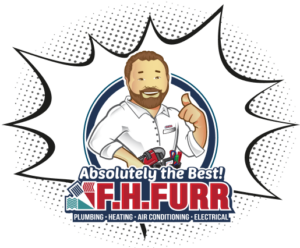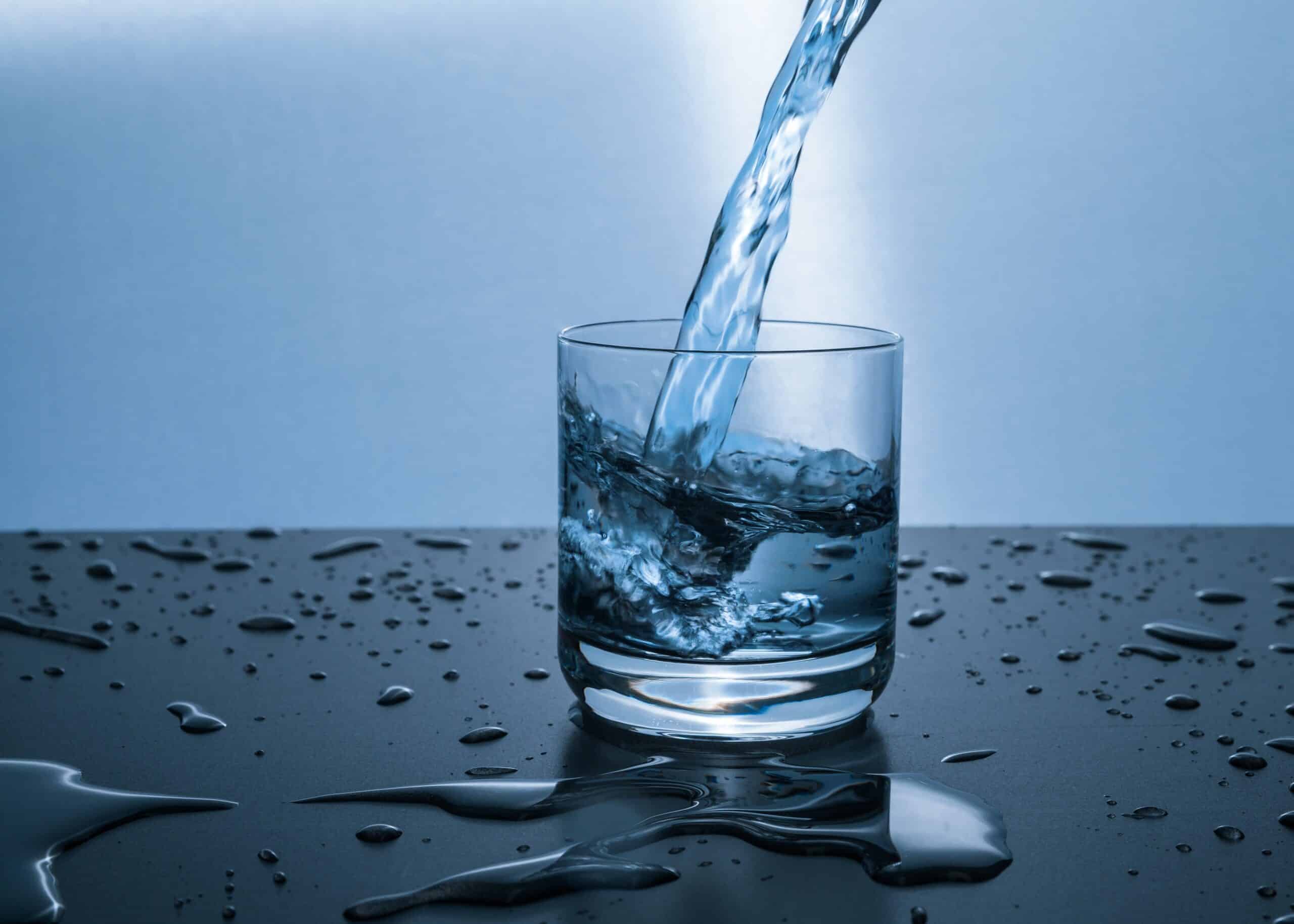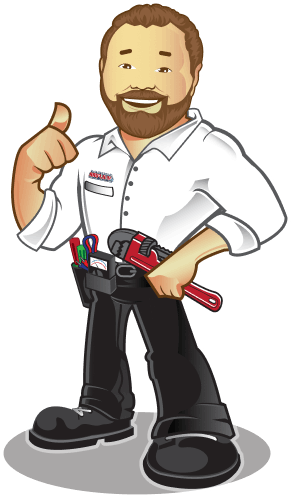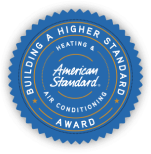Keep Warm This Winter With A Gas Furnace!
Is anything more comforting on a harsh, cold day than your warm, cozy home? Heating is essential to the comfort of your family and your home’s energy efficiency and protection.
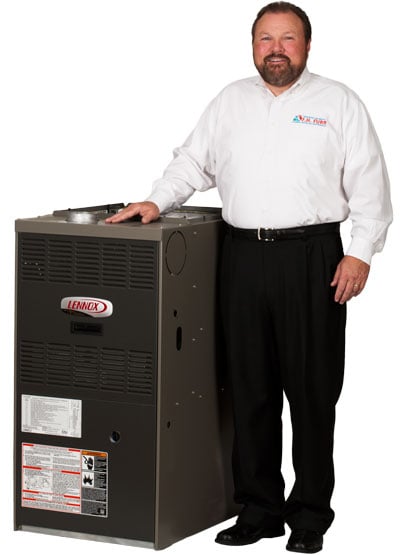
As a homeowner, you should have peace of mind knowing that your furnace is running as smoothly and efficiently as possible. Having a well-maintained system also results in preventing costly furnace repair.
With a cost-effective and dependable gas furnace, you can be confident that your energy bills will be lower and your heating system will require much less maintenance or repair. Your system will keep your home in the most comfortable climate for you and your family, so set your thermostat, and enjoy.
How Does A Gas Furnace Work?
A gas furnace uses combustion gases such as propane or natural gas. These gases are lit by the burners and passed through the heat exchanger. The furnace fan blows the air from your home across the heat exchanger to be warmed. Then, the warm air is blown into your duct system to be distributed around your home.
Gas and Furnace Heating System Terms
- Understanding 80% and 90%-95% Efficiency Units: In an 80% efficient system, gasses are hot enough that they need to vent conventionally into the chimney stack. In a 90%-95% efficient system, the gasses are much cooler and vent to the outside via an exhaust vent, much like a clothes dryer.
- AFUE (Annual Fuel Utilization Efficiency): Your furnace’s AFUE tells you how much energy is converted to heat. For example, an AFUE of 90 means that 90% of the fuel is used to warm your home. The remaining 10% escapes through the exhaust with combustion gasses.
- Combustion Air: Combustion air is the air required to properly burn the gas for your heating system to get maximum capacity.
- Heat Exchanger: This is the part of a furnace that transfers heat to nearby air, the chamber where fossil fuel is burned. An improperly sized heater will cause the heat exchanger’s expansion and contraction, leading to premature aging and cracks.
- Venting Types: Your new gas heater will vent the combustible gasses in one of two ways – via a direct vent system or into an existing chimney. In most cases, the chimney must be relined to generate the correct draft.
- Single-Stage Gas Valve: Single Stage Gas Valves operate on a basic on/off principle. Each time your thermostat calls for heat, your heating system operates at 100% capacity.
- Two-Stage Gas Valves: Two-Stage Gas Valves are capable of two levels of operation — a low stage and a high stage. Properly sized equipment will operate 60-70% of the time in low stage, enhancing energy efficiency and comfort with perfect humidity levels and quieter operation. It’s like getting two heaters in one.
- Standard Blower: A standard blower delivers a specified amount of airflow based on a tap setting.
- Variable-Speed Blower: This high-efficiency blower is designed to deliver varying airflow based on the desired outcome. These blowers increase the effectiveness of humidification, dehumidification, air filtration, and balance of airflow.
Ready to Install/Replace or Repair Your Home Comfort System?
Let our friendly and experienced team of Comfort Consultants give you a free Home Comfort System Analysis, which can include furnace diagnostics and repair assessment. They’ll discuss any problems you may have with your current comfort system. They’ll review all system recommendation options and help you select the best home comfort system for your needs and budget. In addition, they will assess and recommend any furnace repair that might be required.


